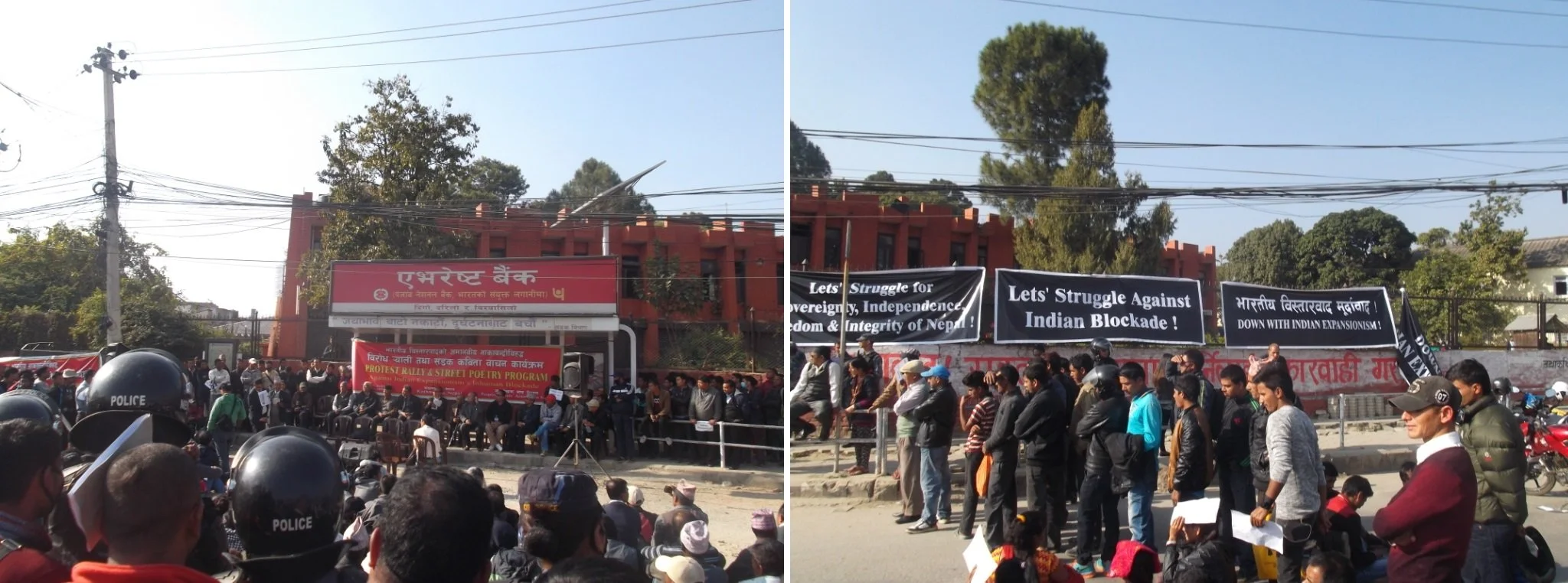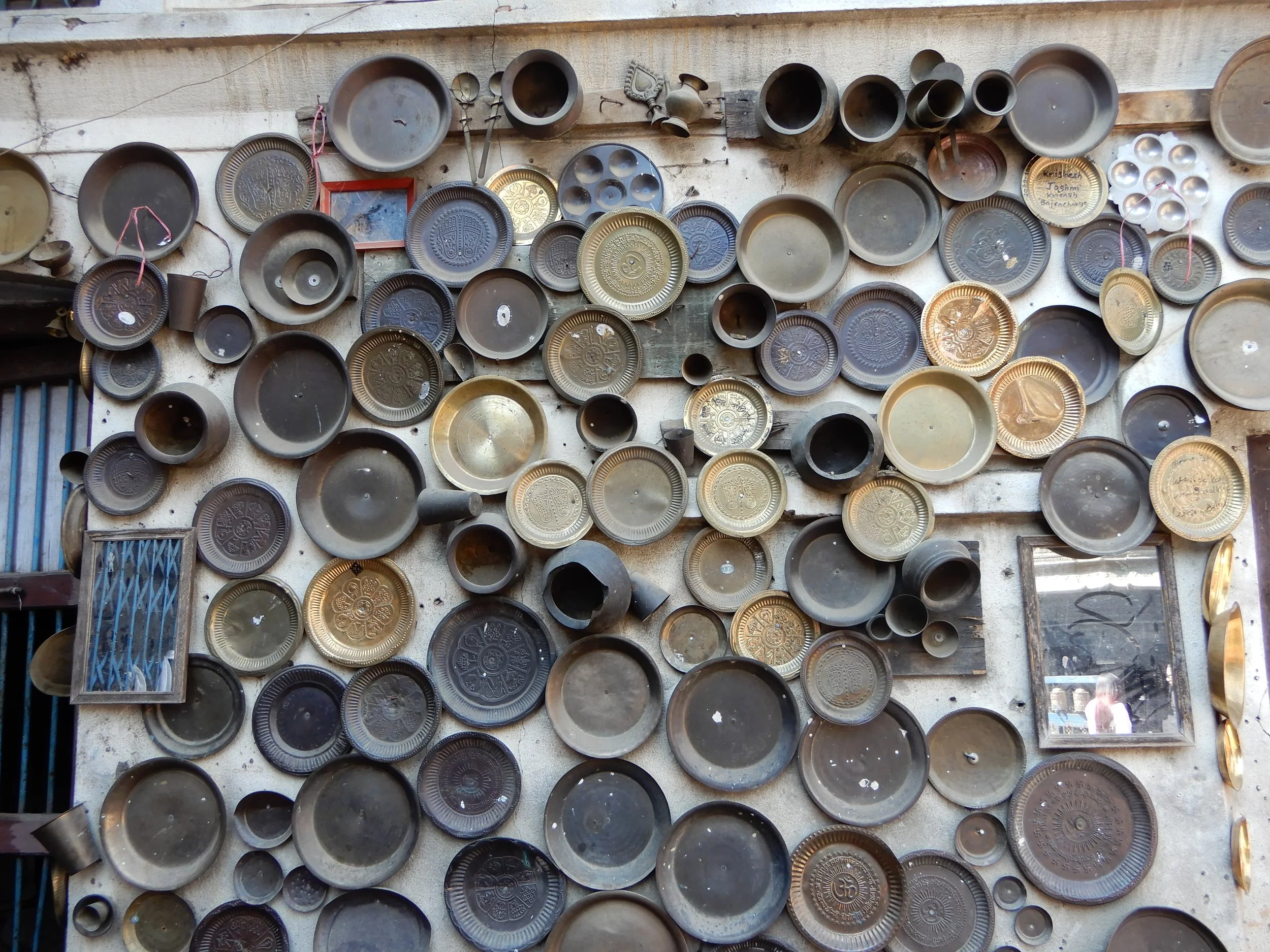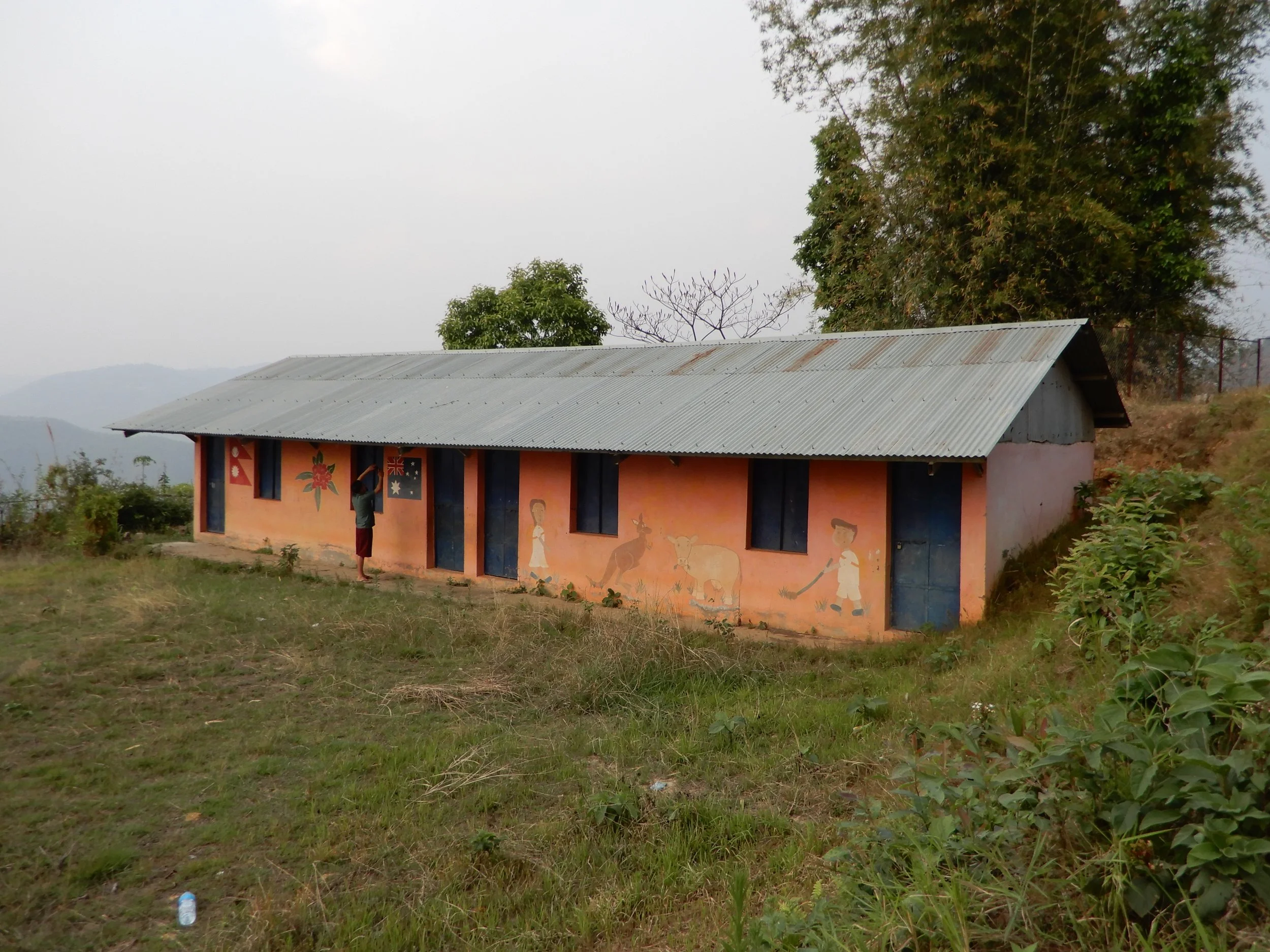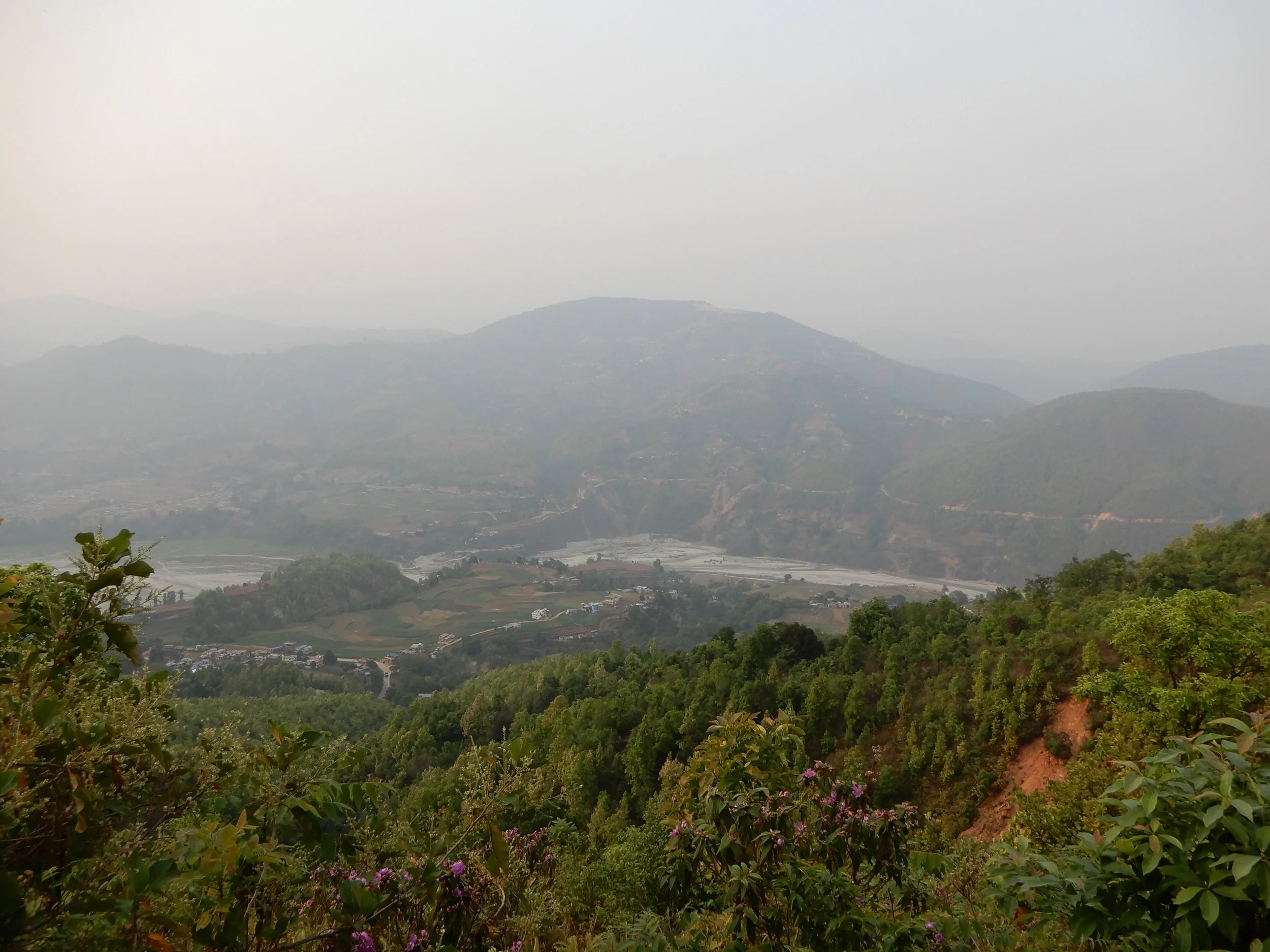Return to the Mountain Kingdom
In April 2015, Nepal is struck by a devastating earthquake. It flattens villages, fells centuries old temples, and claims the lives of almost 9,000 people. The epicentre of the quake is 85 kilometres northwest of Kathmandu, in the town of Gorkha. With a magnitude of 7.8, the town is almost completely destroyed. A series of tremors and aftershocks exacerbate rescue efforts around the country and destroy buildings that withstand the initial rupture. In the Himalayas, an avalanche on Mt. Everest claims the lives of 22 people. It remains the deadliest disaster on the mountain.
The widespread devastation of the Gorkha earthquake unleashes a wave of sympathy and generosity for the people of Nepal, and relief efforts and monies flow in from around the world. Conversely, the tourism sector, on which Nepal relies heavily, is severely disrupted. In the initial months following the quake, the government takes the unusual step of asking people not to visit. Six months later, with tourists trickling in, the tourism sector is disrupted again. Unhappy with a new draft constitution, India imposes a blockade on petrol, gas, and essential supplies. Transport prices skyrocket, and recovery efforts are hampered further. It is another cruel blow from a powerful and unfriendly neighbour. Six months after being brought to its knees, Nepal is still unable to stand.
Anti-India protests in Kathmandu, November 2015.
It is at this time, when the world’s attention has shifted to other events, that I join a group of Australian and New Zealand volunteers on a relief program run by World Youth International. In the Kavre district, a three hour drive from Kathmandu, we live for two months in the villages of Ganeshthan and Aapghari. We partner with local NGOs and community leaders to rebuild a school and a community centre, projects identified and prioritised by the local communities. For some, it is our first time visiting the country, while for others, they are returning to friends and host families, some of whom now live in ruins. None of us leave unchanged or unaffected. After two months in Nepal, I am smitten. The hospitality and generosity of the people is humbling, especially considering the circumstances. Meanwhile, the simplicity of village life is refreshing and grounding. It strips away excess worries and concerns, and they fall away like flaking paint from a wall. Finally, the mountain views from our tented accommodation in Ganeshthan are awe inspiring at any time of day. Unable to shake off Nepal, I return in 2016 and lead another group of volunteers in the nearby village of Chondeni. Afterwards, we trek for eight days on the Annapurna circuit, crossing the famous Thorong La Pass in the middle of winter. It is an experience equal parts terrifying and beautiful.
Teachers and students in Ganeshthan, September 2015.
Ten years after the earthquake, Nepal has drawn me back once more. I return for more trekking, this time to Mera Peak, on a journey that coincides with the ten year anniversary of the earthquake.
The earth coloured exterior of Kathmandu’s Tribhuvan International Airport is a familiar sight when the plane touches down at noon. The feelings of reacquainting with an old friend, a former lover, stir within. Nerves, excitement, butterflies in the stomach. How much, I wonder, have things changed in the past decade?
A tea seller in Kathmandu.
Inside the terminal, I navigate an unnecessarily complicated three-step visa process. Classic South Asian bureaucracy. After collecting my bags, I wait again, this time for an ATM to be refilled. Two men crouch on the floor, stacking the machine with wads of notes from a metal case. In the absence of any apparent security measures, the equivalent of a government employee’s annual salary is deposited into the machine. I withdraw close to a month’s worth, and my wallet groans as it is forced closed. Outside the airport, in the bright midday sun, a throng of taxi drivers awaits, ‘Taxi? Taxi! Namaste sir, where are you going? Taxi? Come my friend, this way. Taxi, yes? My taxi over here, best price. Taxi? Taxi?’ Among the sea of faces is my friend Manisha. Namaste, we greet each other and brush away the last offers of taxis. While we have avoided haggling for a taxi, we cannot escape the infamous Kathmandu traffic. As we leave the airport, we are assaulted by a racket of car horns and squeaking brakes. A haze of exhaust fumes engulfs us. Motorcycles flow along the streets like an incoming tide. As I take it all in, I realise that nothing much has changed.
The first fortnight of this journey is concentrated on Kathmandu and a trek to Mera Peak. Staying with Manisha, I am able to avoid the heaving tourist hub of Thamel, with its glut of souvenir shops, massage parlours, and street touts lurking on every corner. Instead, we visit the Aanandadi Lokeshwar Temple in Chobar, dedicated to the Hindu gods Shiva (the Destroyer) and Parvati (the Protector). The inside walls are decorated with a clutter of metal plates, hammered into place by worshippers as an accompaniment to their prayers. The afternoon sun reflects off the gold and silver surfaces at odd angles. The rays crisscross the interior grounds like a high-tech security system, appearing in the haze of incense smoke that swirls upwards from a thousand sticks. Afterwards, we meet her friends and eat momos and chatpate, washed down with sweet milky tea. Meanwhile, Mera Peak is an unforgettable ten day journey over snowcapped mountain passes, through valleys with gushing rivers fed by melting Himalayan snow and topped with clear skies on the morning of the summit walk.
Plates at Aanandadi Lokeshwar Temple.
Upon my return to Kathmandu, the anniversary of the earthquake is approaching. A memorial service and candlelight vigil are planned for Kathmandu, though for many Nepalis there are more pressing concerns. A nationwide teachers’ strike is entering its third week and showing no signs of slowing. Public school teachers from across the country have travelled to Kathmandu to take part, and solidarity is paramount in their struggle. The public system accounts for around two thirds of Nepal’s primary and secondary education. While the teachers compete with police and a stubborn government, students across the country have had their exam dates postponed. Classrooms sit empty, gathering dust.
In Ganeshthan, the primary school that we rebuilt and painted sits idle, its metal doors padlocked shut. The grounds are unkempt, with tattered and dishevelled grass. Weeds sprout from cracks in the concrete. The former headmaster has retired and lives downhill in Aapghari. His belly is noticeably rotund. No more walking uphill every day. Manisha, the only remaining teacher, is with her colleagues in Kathmandu. Her husband tells me that in the decade since the earthquake many families have left Ganeshthan. Their fields are abandoned. Overgrown, neglected. Some of the families have tried their luck in Kathmandu, attracted like moths to the flame of economic opportunity. Others have moved overseas, with the Gulf countries being popular destinations. This mountainside village, which once echoed with the squeals of young children playing, is now eerily silent. The winds that carried voices of neighbours calling to each other now pass by without a sound. The distant thump of farm tools into earth no longer resonates. The paths are bare, and the mountainside is scarred from landslides. Things have changed after all.
Ganeshthan Primary School, April 2025.
In the valley communities of Aapghari and Chondeni, life has always fared a little better than those uphill. Home to many Brahmin families, their outlook is more hopeful. An enduring memory from my previous visit is the pockets of darkness spotted throughout the valley, a consequence of loadshedding. Those days are now over, thanks to Kulman Ghising, a popular politician known as ‘Lightman.’ With the guarantee of stable electricity, local businesses have developed, and many homes are connected to 5G internet. In neighbouring Jogitar, a milk processing plant has moved from manual pasteurisation to electric processing, and in Aapghari, the growing array of shops can now open beyond sunset. Meanwhile, Bishnu, the father of my host family, attends a Hindu music and dance session every Sunday. Some things have changed for the better, though my dancing remains as awkward as ever.
Sunday night music and dance session in Aapghari.
The anniversary of the earthquake passes by without any acknowledgement in the village communities. The common sentiment seems to be that nobody needs to be reminded of it. They have mourned and rebuilt over many years. Whether it is ten years, fourteen, or twenty seven years matters not. The evenness of a decade is unimportant and unremarkable. A decade feels insignificant in Nepal, a place where humans have lived for thousands of years, with time measured accordingly. A decade is but a fleeting moment in a long and rich history. Rather than reflecting, people are looking towards the future, confronting new struggles and embracing fresh hopes.
Outside of Tribhuvan International Airport, a sea of travellers and crowd the space, like fans at a rock concert. The clamour of farewells, good luck, see you soon, keep in touch rises and bounces off the exterior walls. It floats above the crowd in a mist of love and fear and hope. Within the crowd, families and friends jostle to create space and pose for pictures. One last memory before parting. The foreheads of the travellers (mostly young) are dotted with bright red tikkas. They are marked, branded. Headed abroad. A group of students travelling to South Korea has draped Nepali flags over their shoulders. The expressions of the soon to be departed move between excitement and apprehension. They are preparing for journeys to Australia, Southeast Asia, and the Middle East, and it may be years before they step foot on home soil again. The exodus of Nepalis, particularly young Nepalis, is growing at a staggering rate. As the young faces disappear behind glass doors and security checkpoints, I recall the sentiments of Chandika, Bishnu’s youngest daughter, currently training as a nurse in Bhaktapur.
‘I would like to make a life here,’ she says as we walk through the rice fields of Chondeni, ‘the city is too crowded, dirty, and expensive.’ Changes are afoot in Nepal, driven by an ambitious generation of young people heading abroad. Chandika’s voice is refreshing. She is hopeful for the future of her community and recognises the value in it, ‘I have everything I need here. The air is clean, we have fresh food, and a peaceful life. I would like to stay here and not leave Nepal.’
View of Chondeni from Ganeshthan.








